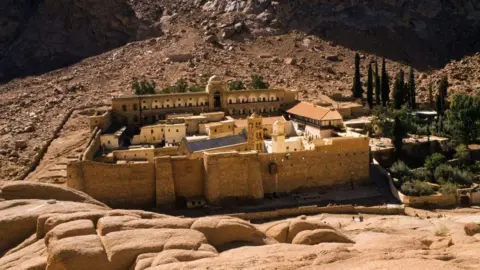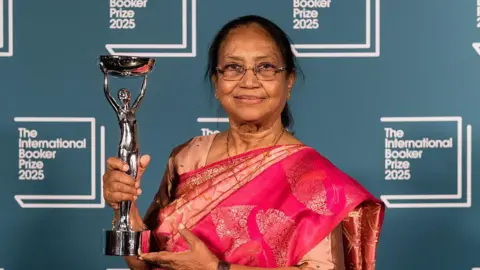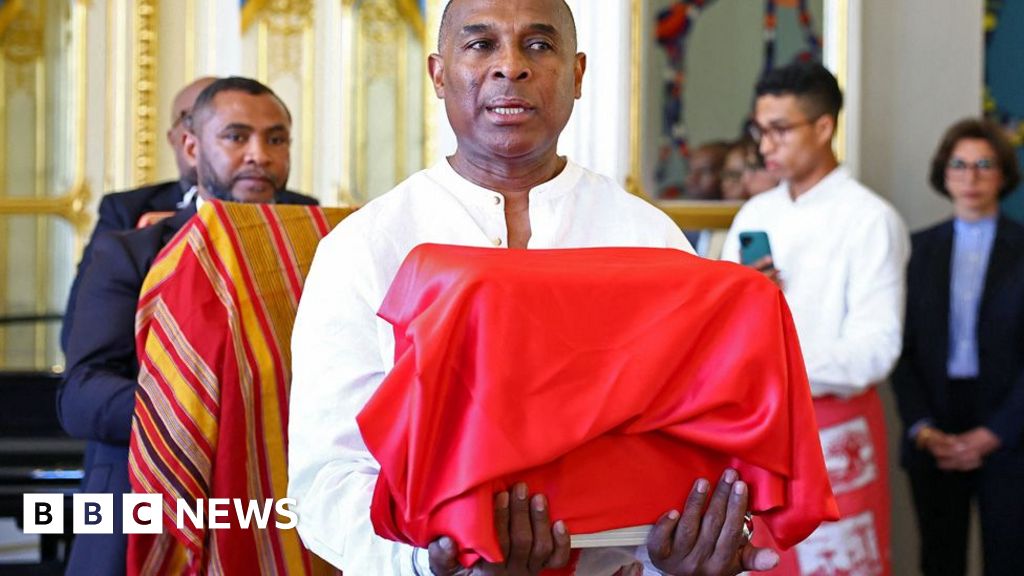In the heart of Delhi, an exhibition titled "Gamchha: From the Ordinary to the Extraordinary" has captivated viewers and reignited conversations about India's rich textile heritage. This showcase featured over 250 variations of the traditional gamchha—an everyday fabric that has long been integral to the lives of the working classes across India, particularly in West Bengal. The red-and-white chequered cloth serves multiple purposes, from a towel to a turban, embodying social symbolism that transcends its humble origins.
Organized by the Dastkari Haat Samiti, the exhibition aimed to bring the often overlooked gamchha into the spotlight, showcasing works from 14 states that highlighted the diversity and craftsmanship intrinsic to these fabrics. As textiles expert Jaya Jaitly noted, the exhibition seeks to amplify a narrative of social equality that has been absent for decades.
This exhibition is part of a broader movement to redefine Indian textiles, with an increasing number of shows promoting inclusivity and collaboration among local artisans and patrons. The resurgence of these efforts is being dubbed a "renaissance" in the textile industry, directed by foundations and curators determined to reshape how textiles are perceived and documented.
Ritu Sethi, founder of the Crafts Revival Trust, termed this movement "technology-prompted egalitarianism," suggesting that digital platforms like Instagram are helping to shed light on the identities of previously anonymous craftsmen and makers. This shift has democratized the presenting of textiles, moving away from elitist urban designers and spotlighting local artisans directly.
Cultural narratives are now being woven into textile presentations, aiming to expand the understanding of India's fabric traditions beyond their historical grandeur. Contemporary designer David Abraham reflects on the deep-rooted connection between Indians and their textiles, indicating that these exhibitions are crucial in reaffirming the value of historical context and traditional craftsmanship.
Current exhibitions, such as "Textiles of Bengal: A Shared Legacy" and "Take Pampa: Textiles of Karnataka," are highlighting little-known techniques and traditions, often incorporating community narratives and performances. The engaging approach not only showcases the craftsmanship but also taps into the cultural histories that enrich these textiles, inviting a broader audience to appreciate their stories.
Additionally, new exhibitions are envisioning the future of textiles by exploring how traditional methods can find relevance in contemporary art forms. Initiatives like the "Surface: An Exhibition of Indian Embroideries and Surface Embellishment as Art" explore textiles as a medium for painting and installation, thereby paving the way for modern interpretations and uses.
Documentary efforts are also on the rise, with projects aimed at archiving and cataloging India's diverse textile history, something that even prominent fashion institutes have overlooked. The "Pehchaan: Enduring Themes in Indian Textiles" exhibition has endeavored to bridge these gaps, showcasing textiles that have shaped the cultural landscape for centuries.
Organizers are optimistic about sustaining this creative momentum, indicating a future where traditional craftsmanship receives the recognition it deserves. As new audiences are cultivated and collaborations between artists and craftsmen flourish, the revival of India's textile traditions represents not just a return to the past, but a hopeful avenue for innovation and appreciation in the industry.



















